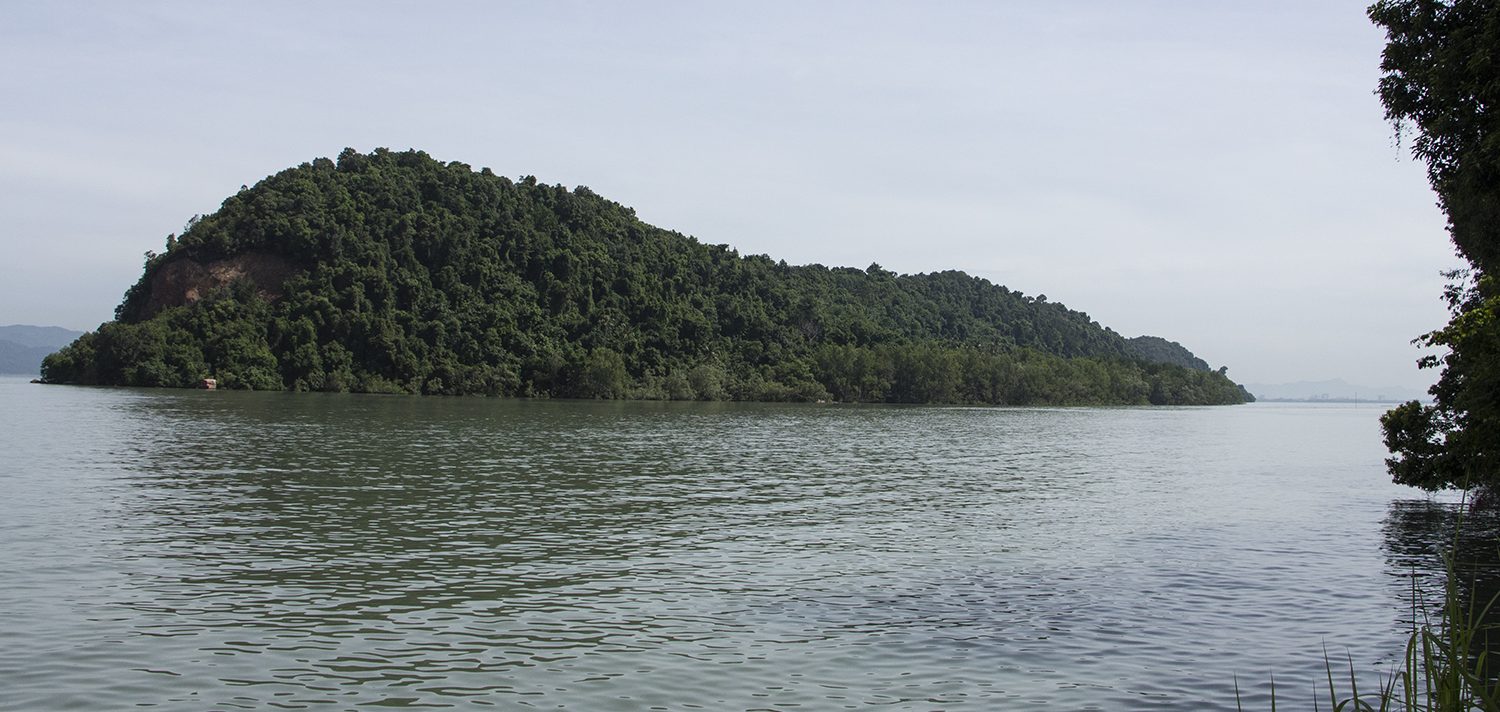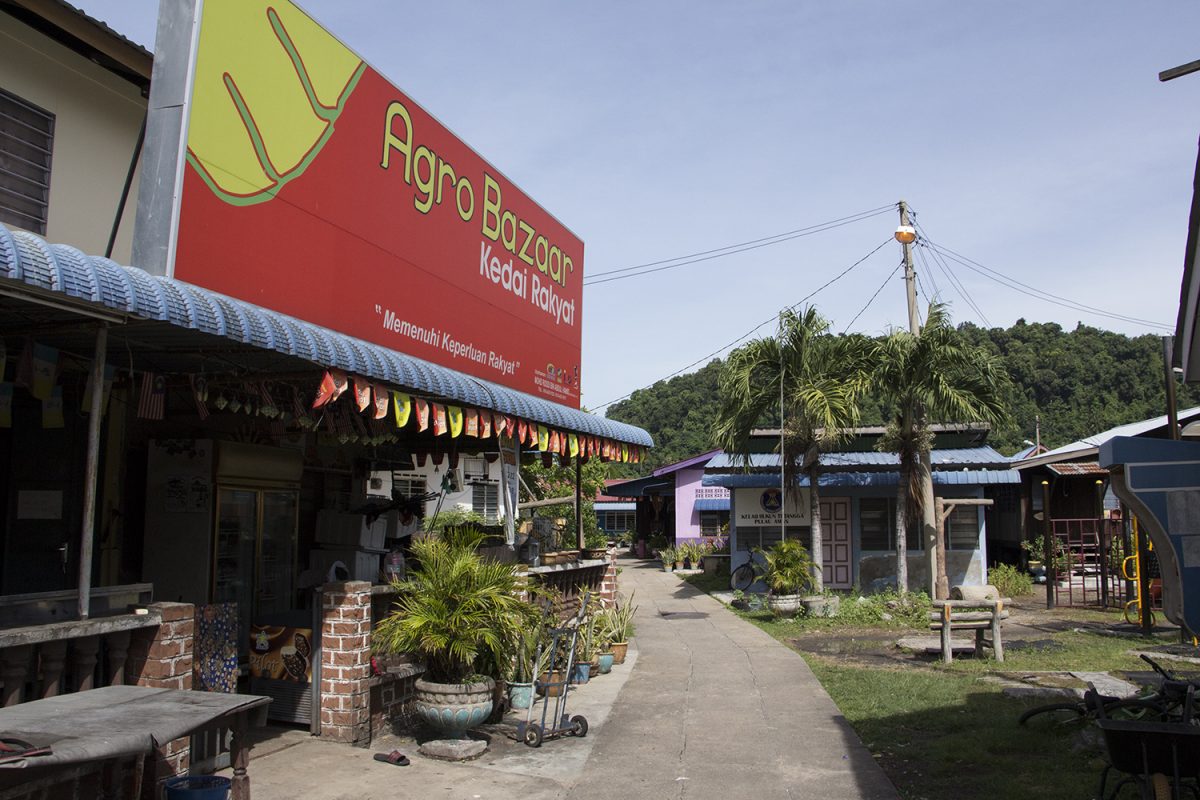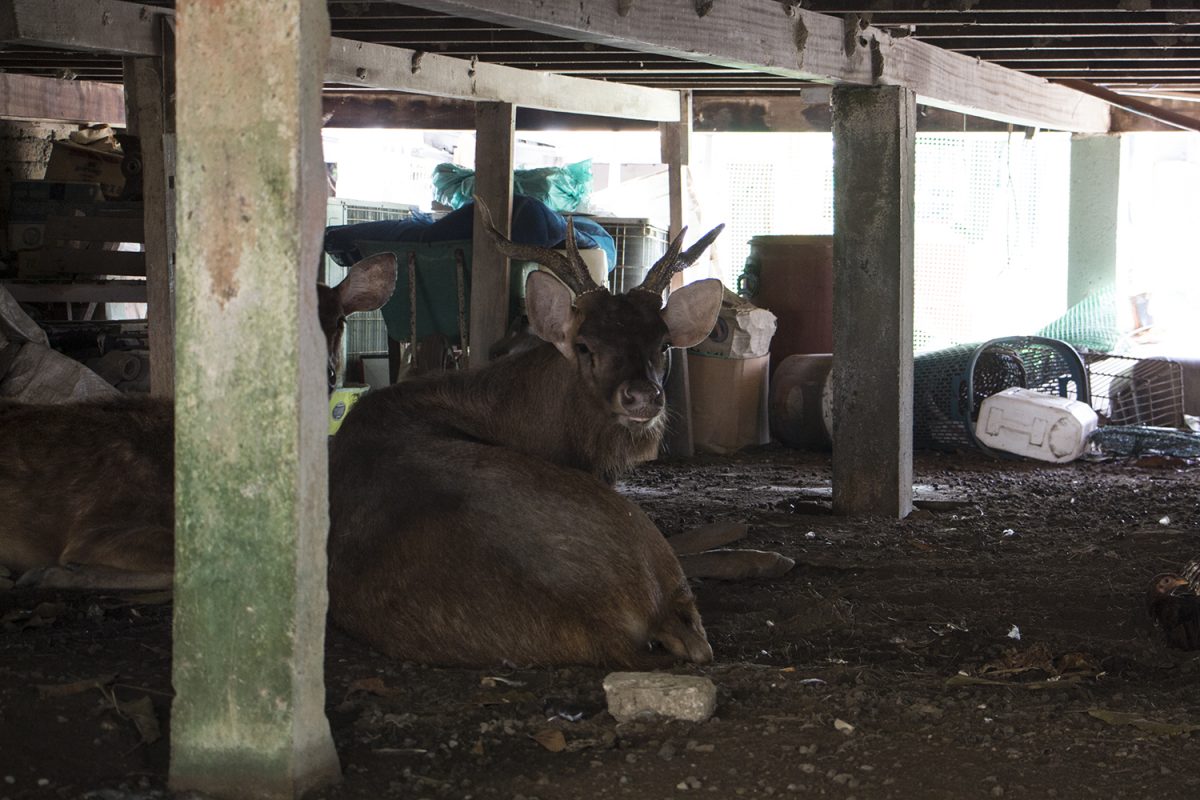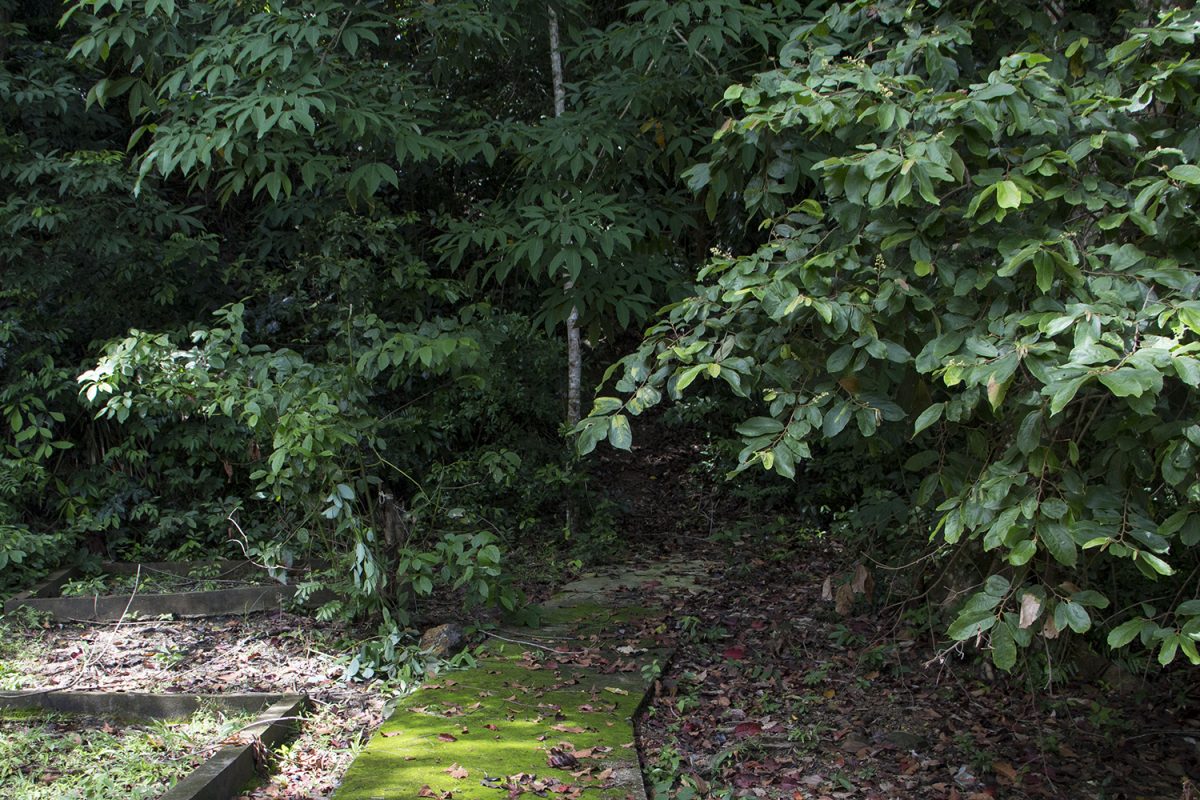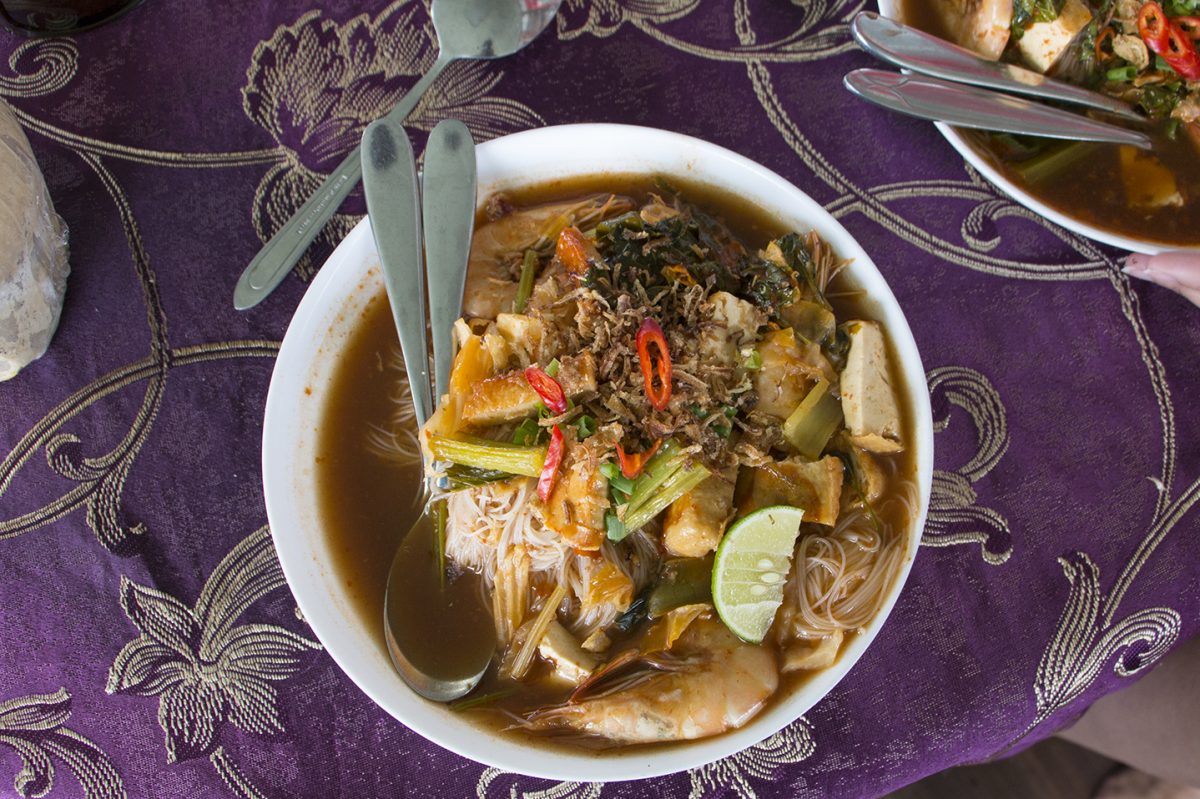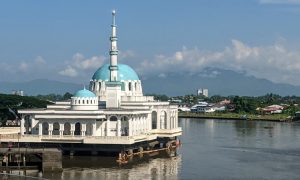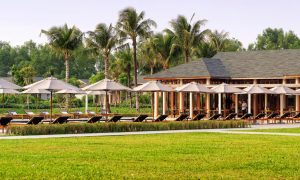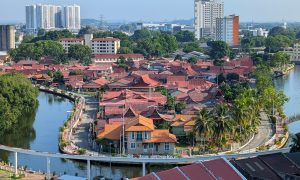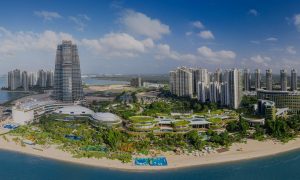
As part of a series of features on the unsung heroes of Malaysia’s countryside and rural towns, called ‘A place in Malaysia you’ve probably never heard of‘, blogger Wanderosh explores this island off Penang.
Just off the coast of Penang Island lies Pulau Aman – the Island of Peace. Lesser known to the masses, this tranquil island has a history that is intriguing and interesting. The 115-hectare island lies 2.5 nautical miles away from the mainland and is home to a small community that live mainly off the sea.
As I drove from Penang Island towards Batu Musang pier, the morning mist lifted, casting a spellbinding view. I’ve driven across the bridge everyday to work and hardly ever noticed this island that lies so close to the mainland. Even from the pier at Batu Musang, I could sense the calm and peaceful vibe of the island. It certainly lives up to its name as the island of peace.
History
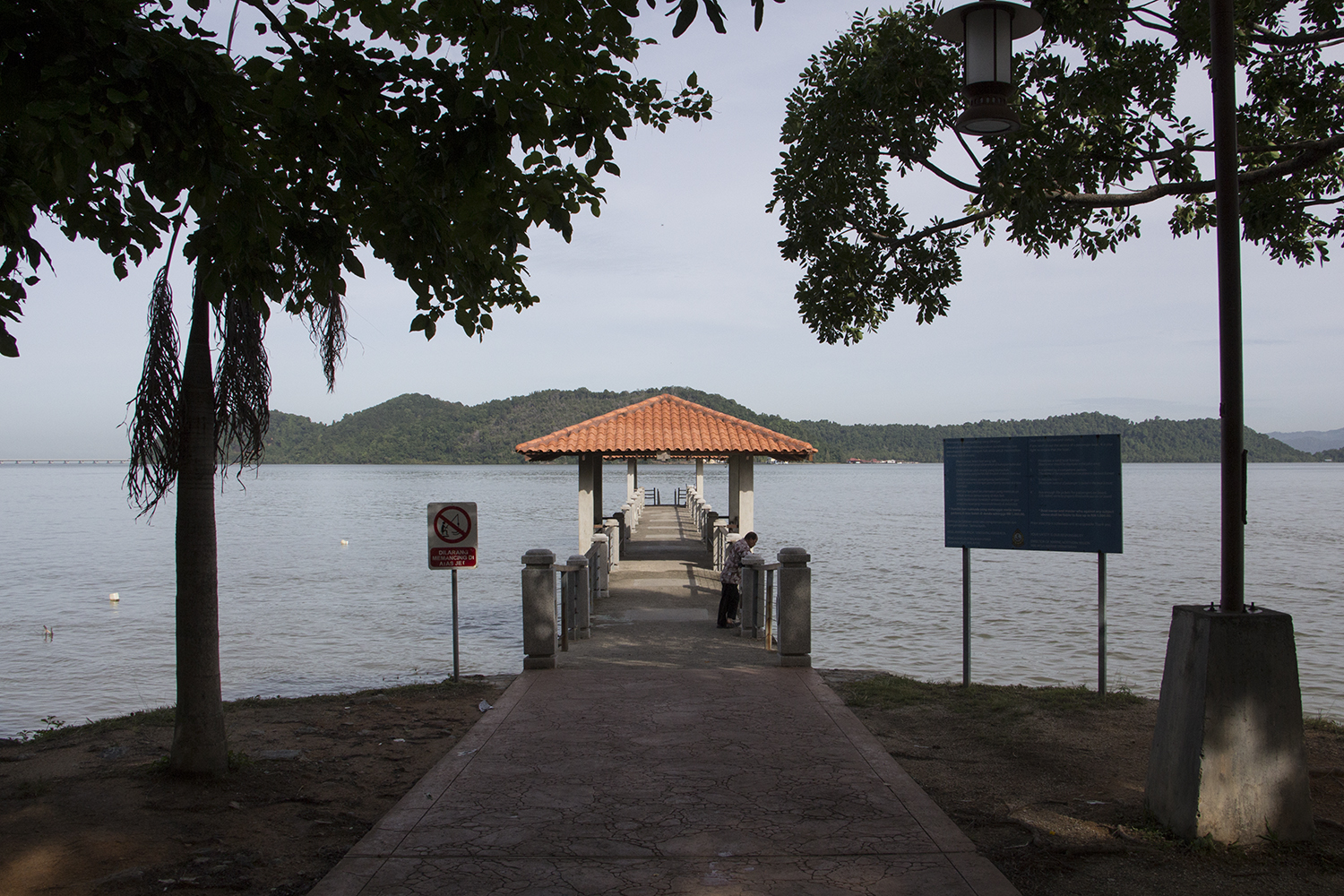
However, the island wasn’t all too peaceful back in the day as it was notorious for being infested with pirates. According to legend, pirates would climb up to the peak of the island to watch for trade ships. From the top of the island one would get a bird’s eye view of the channel and Seberang Perai, so it was perfect as a pirate’s hideout and lookout point.
Pulau Gedung, its sister island, is where the pirates would hide their loot. The most famous pirate of the time, Panglima Garang, is also said to have hidden his hoard on this island. The locals believe and claim that this island was also his final resting place and a tomb is erected in its place.
Explore
It’s not possible to get lost on this tiny island – just follow the paved foot path and you’re sure to come across some of the islands prized possessions. As you explore the island, don’t be alarmed if you come across a pair of deer. They belong to the village head chief and are rather tame – you’re able to pet them.
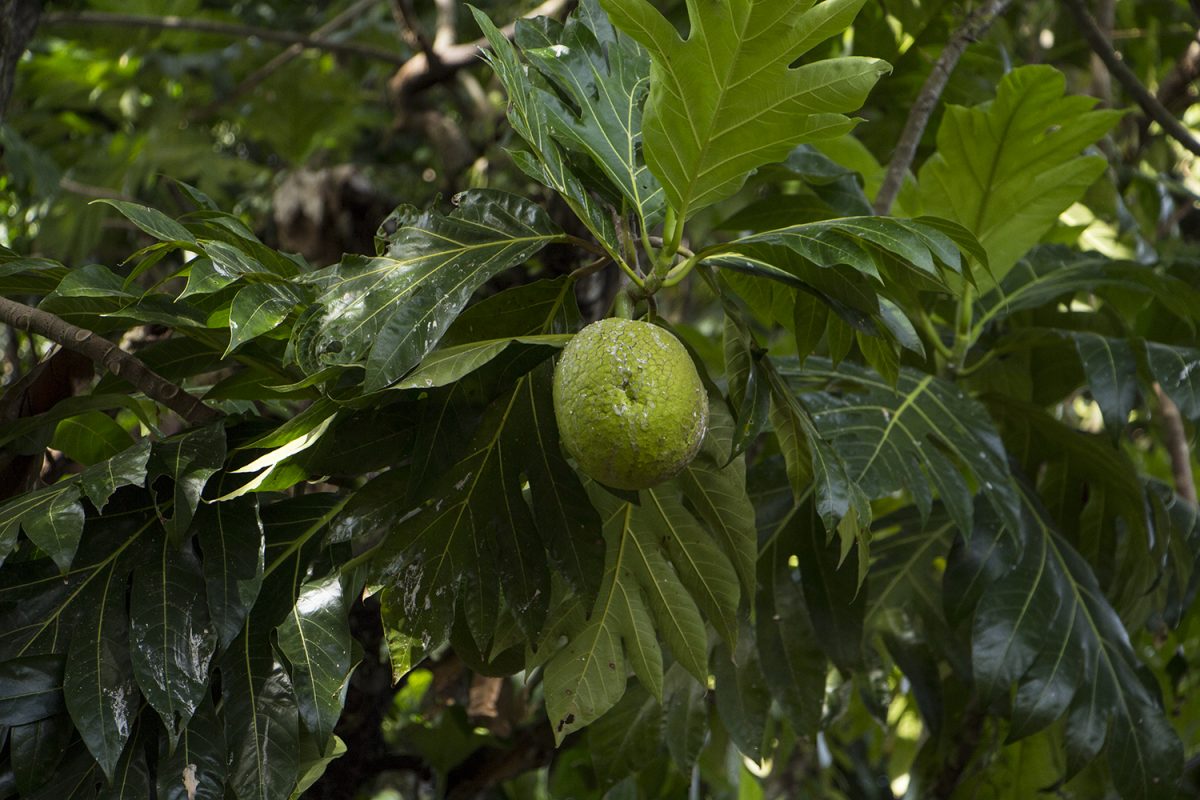
Pulau Aman has one of the oldest breadfruit trees in the country, according to the locals. This tree, says Sarina (a local tourist guide on the island), was planted in 1891. The fruit, round and green in colour, is harvested, sliced and deep-fried to be served up as a snack.
For those who have never tasted this before, it is surprisingly similar to the taste of bread; maybe like a sweet potato. You can purchase sliced breadfruit at the convenient store by the ticket counter at the jetty – definitely something you have to try at least once!
Telaga Emas
Telage Emas or the Golden Well is one of the main attractions on the island and it has an enjoyable and interesting origin.
As legend has it, around the year 1789, a villager found a fresh water spring that flowed out into the sea. With the intention of using this fresh water for the village, he started to dig a well. While digging, he hit a hard object – a vase made of gold. Shocked and amazed, he ran into the village to inform everyone of his discovery. Together with the villagers he returned to the site only to discover that the golden vase had disappeared and in its place were gold rocks.
When the British heard of this discovery, they soon descended on the island to look for gold at the very same spot. Samples of the ‘gold rock’ were sent to England for verification – as it turned out, it was sadly not gold at all.
As a result for the search, the village still has a fresh water well that goes down to 2.5m and the site was crowned Telaga Emas. The locals believe that a dip in the well’s water will bring good luck.
Boat ride
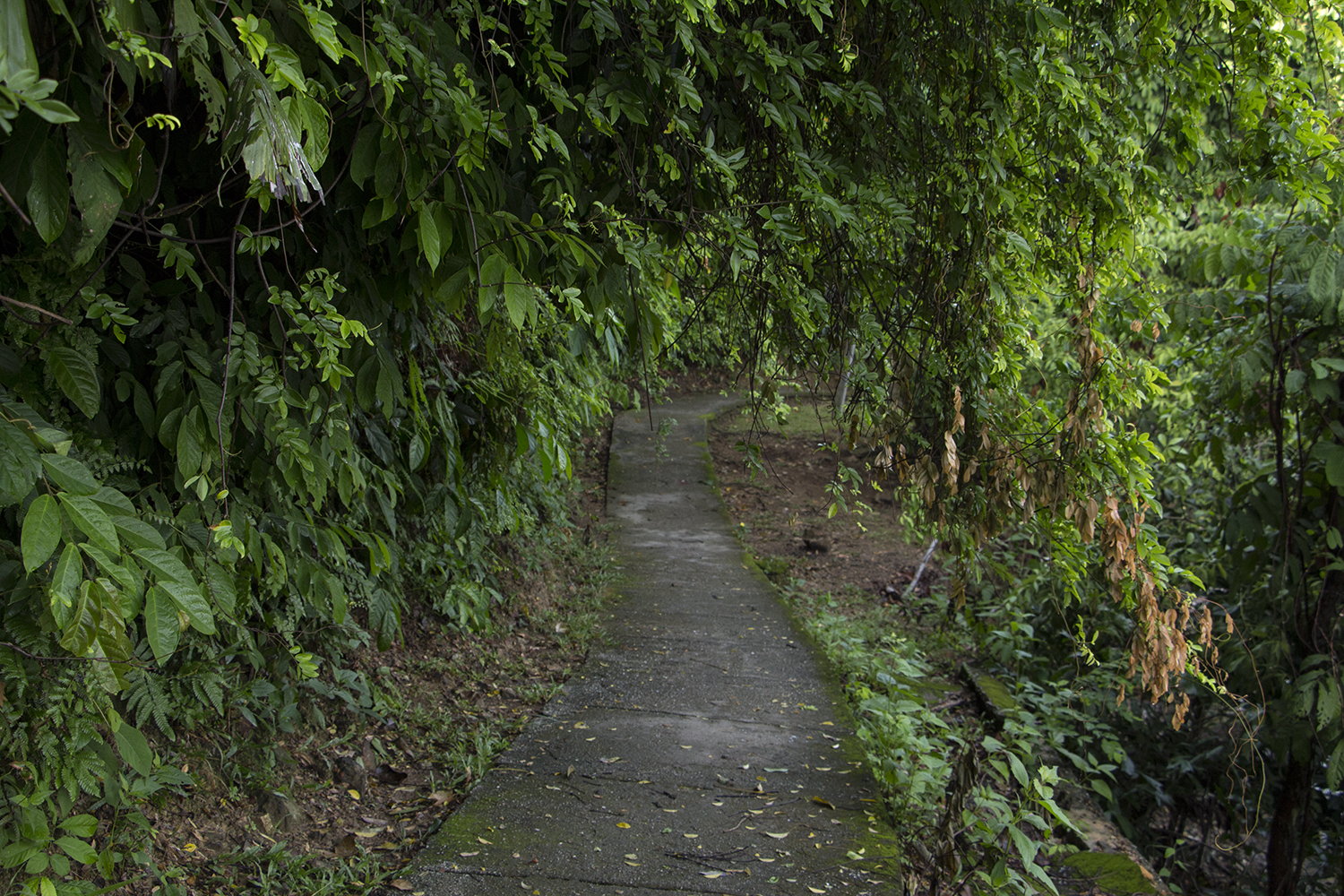
Rent a boat and travel around Pulau Gedung to look at the Kubu Peluru Lama (Old Ammunition Depot) and Batu Perompak (Pirate Rock).
Since the island is uninhabited and cover in dense forest, a hike up to Batu Perompak is not possible unless you’re an expert trail marker. Batu Perompak is the final resting place of the notorious pirate, Panglima Garang. You’ll be able to see the peaks of the tomb as you circle the island on a boat.
From the boat you’ll also be able to see the Kubu Peluru Lama that was left behind after World War II.
Kayaking
For the more physically inclined, rent a Kayak and go on an exploration of your own around the island. For more information on tides and how to rent a kayak, you can always ask the ticketing counter at the jetty, or call one of the numbers published on the wall of the ticketing counter where a local tour guide will be able to assist you.
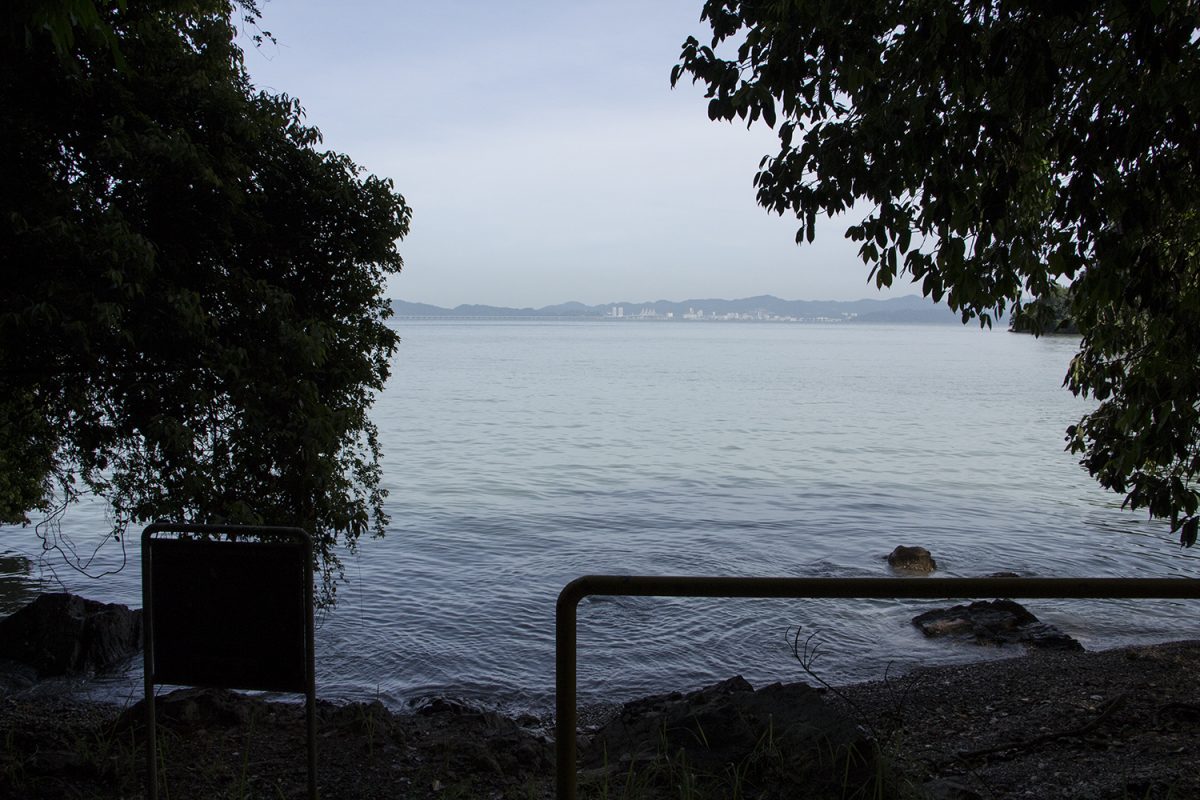
What I find most interesting about this island is that, instead of sandy beaches, the ‘sand’ is made up of millions of little and large shells that have washed up on the shore.
Extreme hiking
For a wild adventure, head out with a local and a machete – I’m not joking about this, it is that wild. As much as Sarina and many others have spoken about the trail, I doubt many have gone on them as the dense over growth covers the paths.
Both entrances, behind the village cemetery and from Telaga Emas, are overgrown and are hard to manoeuvre without cutting down branches. I can only image how spectacular the view would be from the top as the surroundings look beautiful even on ground level.
For an alternative, follow the paved footpath after Telaga Emas around the island. The 4km walk around the island is scenics with a clearing that opens up to beautifully framed views of Penang Island and Jerajak Island in the distance.
Sounds of soft crashing waves coupled with lush green trees, this trail is sure to energise the spirits and help work up an appetite.
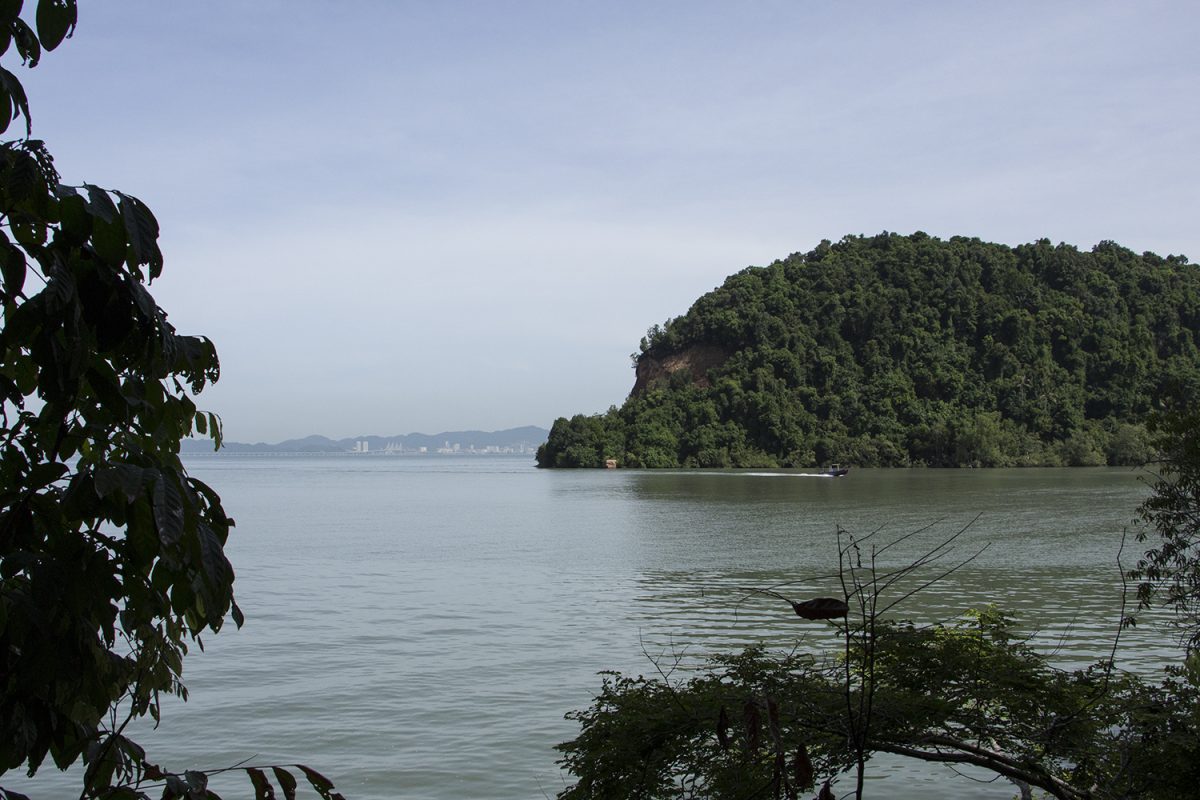
Seafood safari
In true Malaysian fashion, here it’s all about the food – in this case, seafood.
Restoran Terapung or the Floating Restaurant is on your left as you come off the jetty. The restaurant has a modest selection of dishes that revolve around the latest catch – literally every dish has prawns. This restaurant is known for its mee udang istimewa (special prawn noodles) – lush, large prawns accompanied by tofu, vegetables and noodles swim in a sweet-sour broth topped with the crunch of fried onions and the subtle zing of lime.
For a large selection of seafood other than prawns, spoil yourself with the fresh catch that are laid out for sorting at the dock near the entrance of the restaurant. Varieties of seafood from grouper to red snapper, mantis shrimp and oysters, you’re able to pick your seafood and have the restaurant to prepare them for you at for small fee.
Believe me when I say that this restaurant is the biggest attraction on the island. If you mention mee udang to a Penangite, many will wax lyrical about this island and this restaurant.
Getting there
Head towards Batu Musang Pier in Bukit Tambun – your GPS or Waze will be able to pick it up. The parking costs RM2 for a whole day.
The return ferry ride costs RM6 and you have to pay at the ticketing counter on the island – there is no ticketing counter at Batu Musang pier. Just show up at the pier, board the ferry and pay at the ticketing counter on the island. Boats leave every hour and start from 9am in the morning.
The island is absolutely worth a day trip. If you’d like to stay overnight, there are chalets and rooms available for rent. They are modest and have basic amenities you need for a night.
If you decide to go for a swim and would like a place to freshen up after, there are places available for half a day’s rent – just enquire at the ticketing counter, as it doubles up as an information desk too.
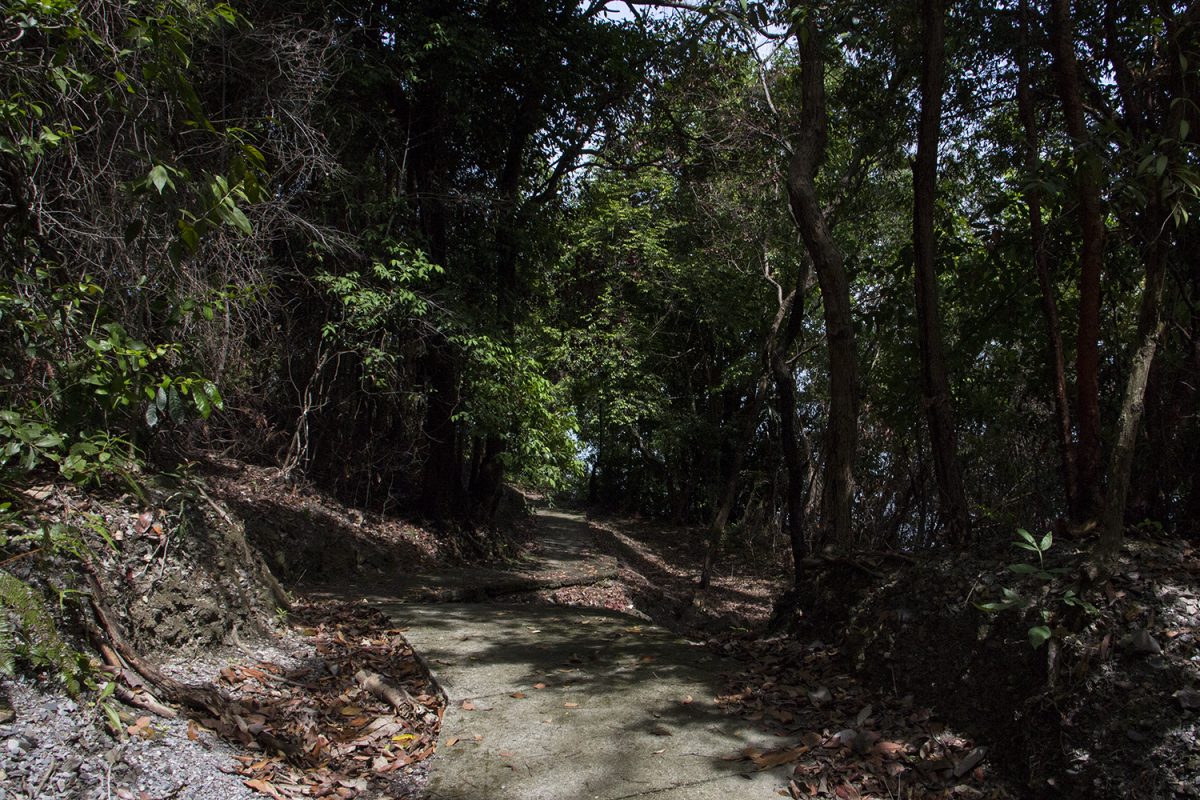
This island is lovely change of pace to getaway and unwind from the hustle and bustle of the city. Treat the eyes to the hues of green and blue of the sea and forest while you treat your stomach with delicious seafood. The locals are humble, welcoming and warm – perfect for a day in the sun with a dose of vitamin sea.
Pro tip: Do not visit the island during the fasting month of Ramadan. It will be very quiet and almost everything will be shut except for the floating restaurant. The island’s other little shops and places where visitors can taste local delicacies such as belacan (shrimp paste) and watch fresh ‘kuih kapit’ being made will closed.
"ExpatGo welcomes and encourages comments, input, and divergent opinions. However, we kindly request that you use suitable language in your comments, and refrain from any sort of personal attack, hate speech, or disparaging rhetoric. Comments not in line with this are subject to removal from the site. "

